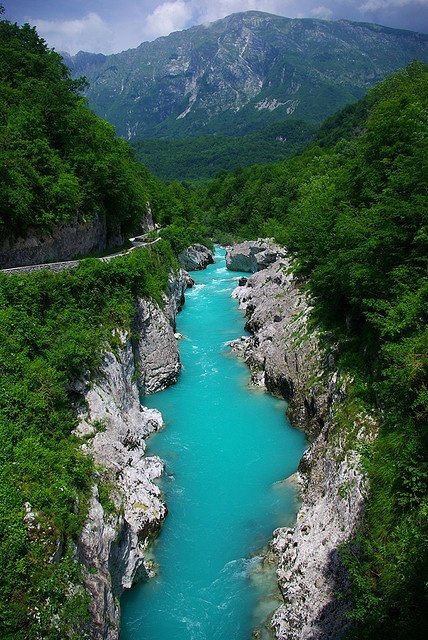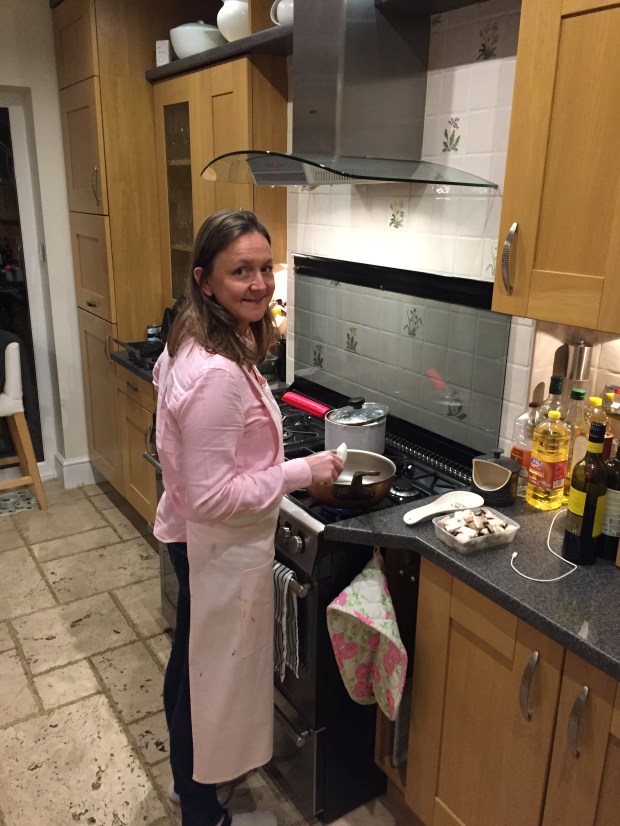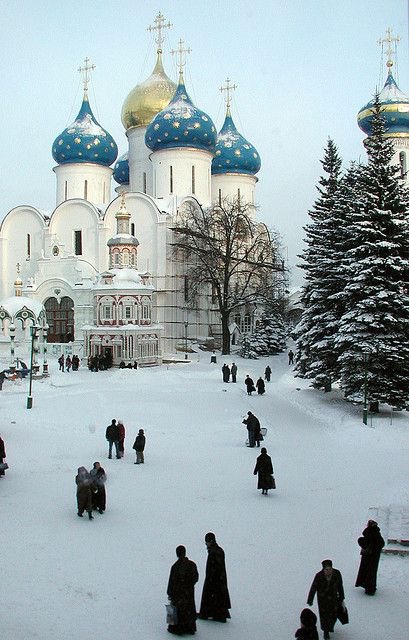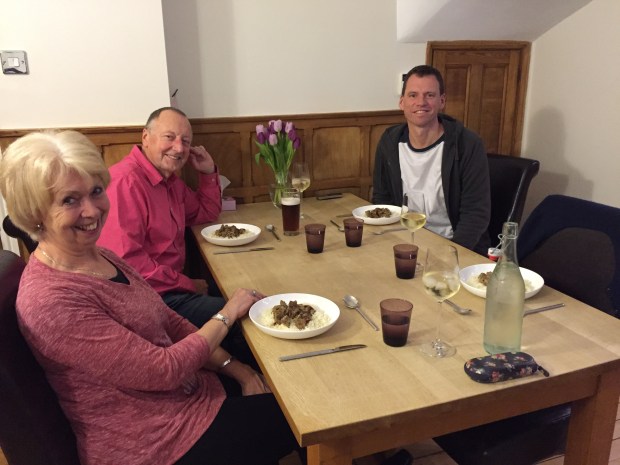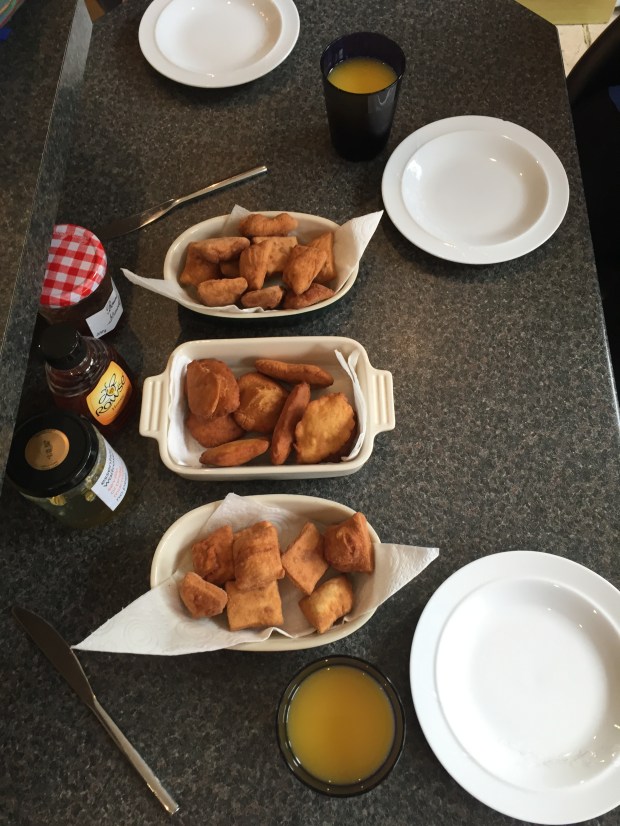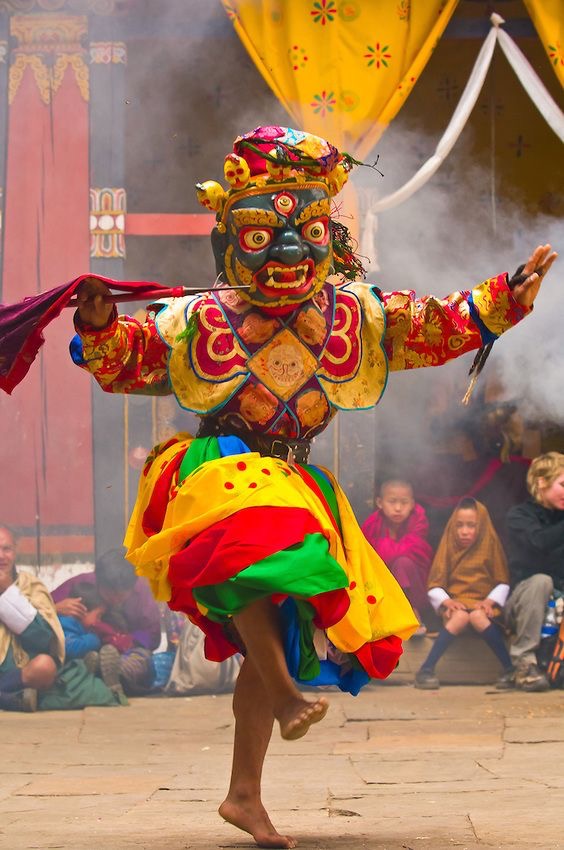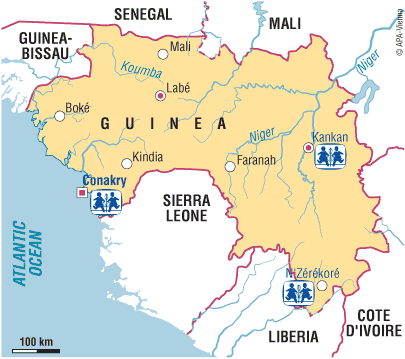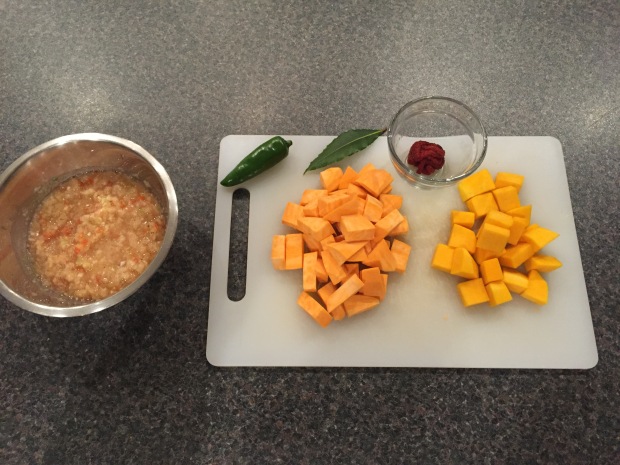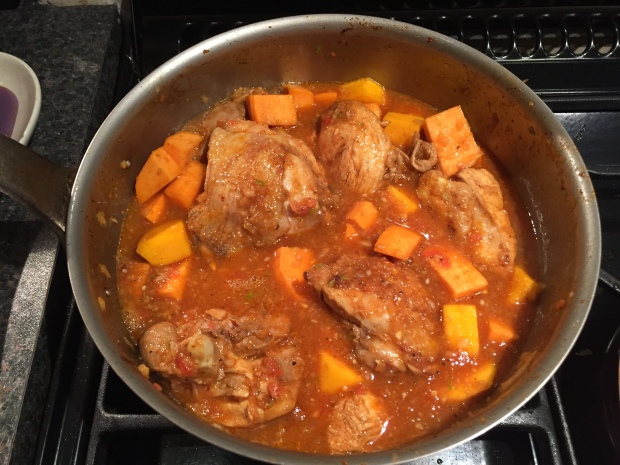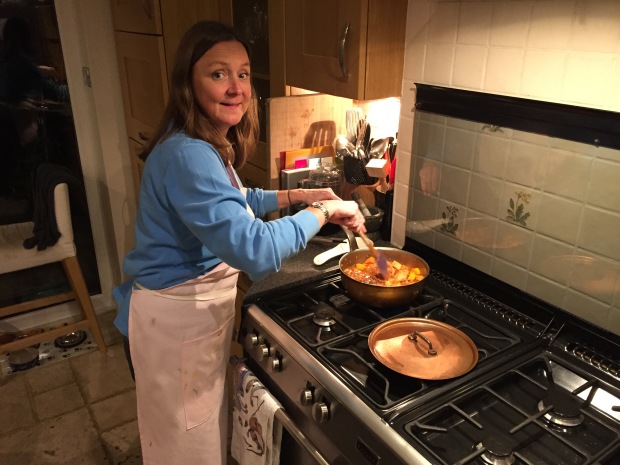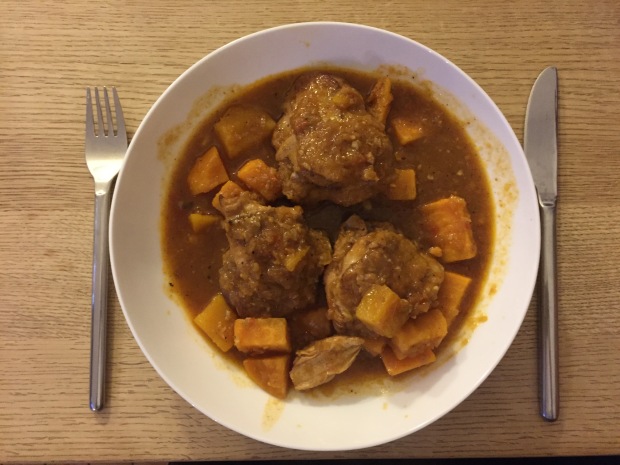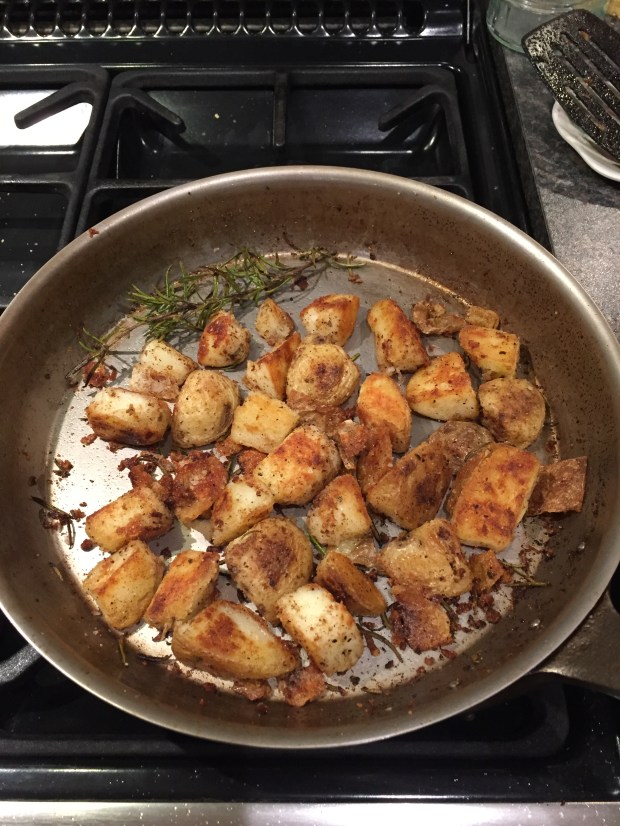Andorra is probably best known for its ski resorts. Grandvalira is the largest ski area in the Pyrenees, with 210 km of ski slopes. It was founded in 2003 when two of the oldest ski resorts Pas de la Casa-Grau Roig and Soldeu-El Tarter joined together. This year it is hosting the Freeride Junior World Championship, the Speed Skiing World Cup trials and the seventh annual Skiers Cup.
Andorra is the only co principality in the world. A principality is a place ruled by a prince, such as Monaco. Andorra, however, is a co-principality, having two princes who jointly share the position, neither of whom are actually from Andorra!
Its population is about 84,000 and boasts the third highest life expectancy in the world.
Tourism is its biggest industry, with 10.2m visitors every year, which is no doubt encouraged by its tax haven status and duty-free shopping.
Andorra la Vella is the highest capital in Europe at 1023 meters above sea level.
Apparently, by law the male head of each family in Andorra is required to own a gun in case of attack or emergency.
Its cuisine includes Escudella, which means ‘bowl’ (a stew containing more cholesterol than most people consume in a year!), Trinxat (cabbage & bacon potato cake), Brac de Gitano (cream roll) and Cunillo (rabbit & tomato stew). I decided to cook the simple but tasty Truites de Carreroles (mushroom omelette).
Rating: 7/10
Enough for a healthy breakfast for 2:
1 large shallot, thinly sliced
3 tbsps unsalted butter
1⁄2 tsp salt
1⁄4 tsp black pepper
1 1⁄2 cups portabella mushrooms, thinly sliced
1 tbsp chopped fresh tarragon (or 1 tsp. dried)
5 large eggs
1⁄2 cup coarsely grated gruyere cheese
Cook shallot in 2 tbsp butter with 1/4 tsp salt and 1/8 tsp pepper in a 10-inch nonstick skillet over medium heat, stirring occasionally, until softened, 3 to 4 minutes.
Stir in mushrooms and cook, stirring often, until tender, about 5 minutes. Stir in tarragon and transfer to a bowl.
Beat eggs with 1/4 tsp salt and 1/8 tsp pepper until well combined.
Heat remaining butter in same skillet over medium-high heat until foam subsides, then add eggs and cook until underside is set, about 1 minute.
With a fork, pull set eggs to center, letting uncooked eggs run underneath.
Before eggs are completely set, add mushroom mixture and cheese to one half, on the side away from handle.
Fold other half of eggs over filling with a heatproof rubber spatula.
Tilt the pan as you roll the omelette onto a plate.

Mushrooms

Cooked mushrooms

Omelette

Andorra ski resort

Andorra mountains

Andorra ski resort


